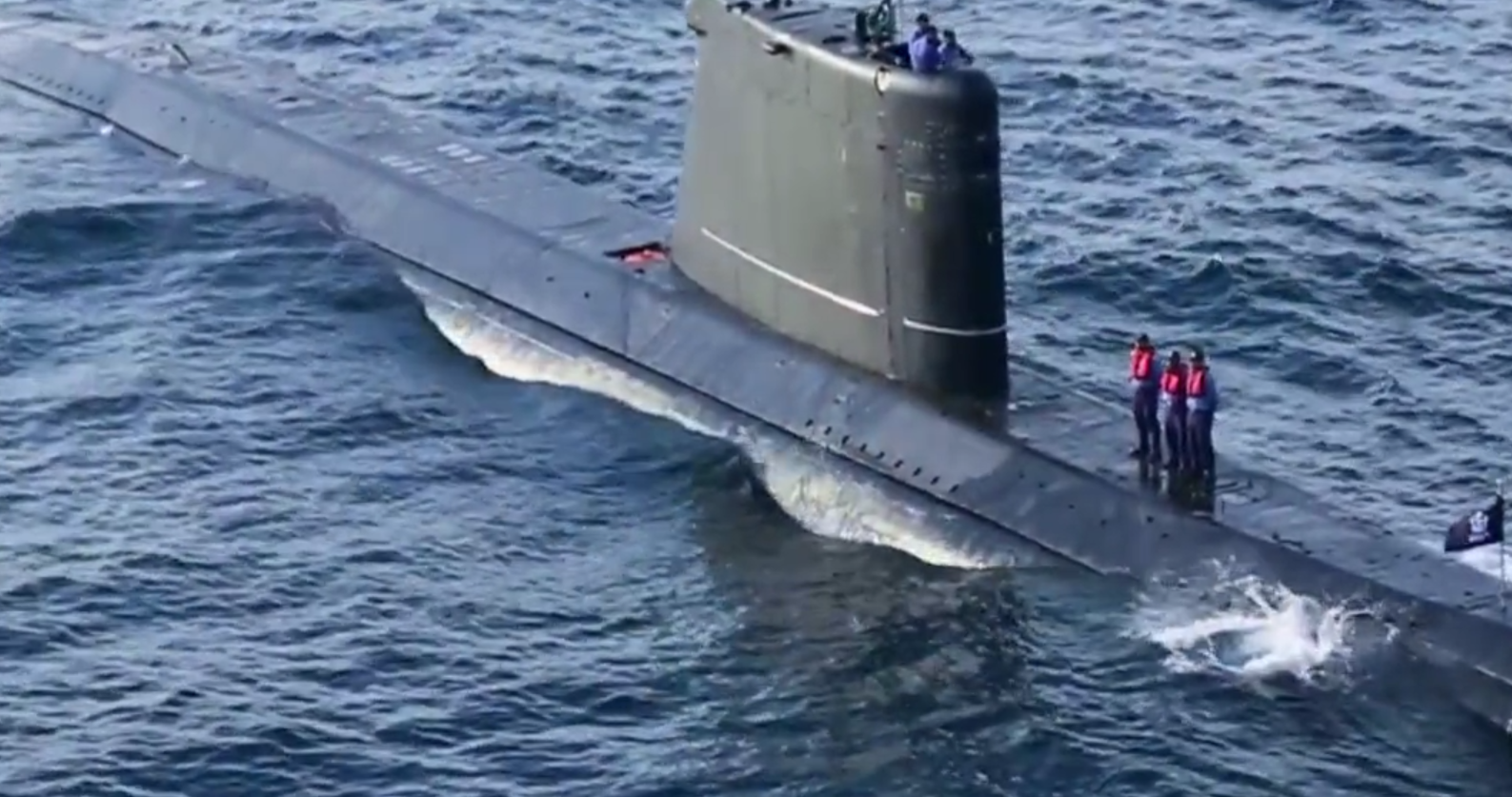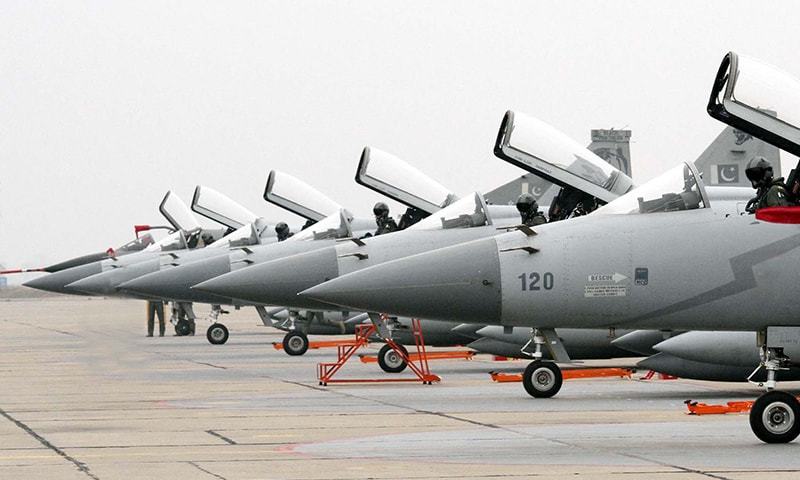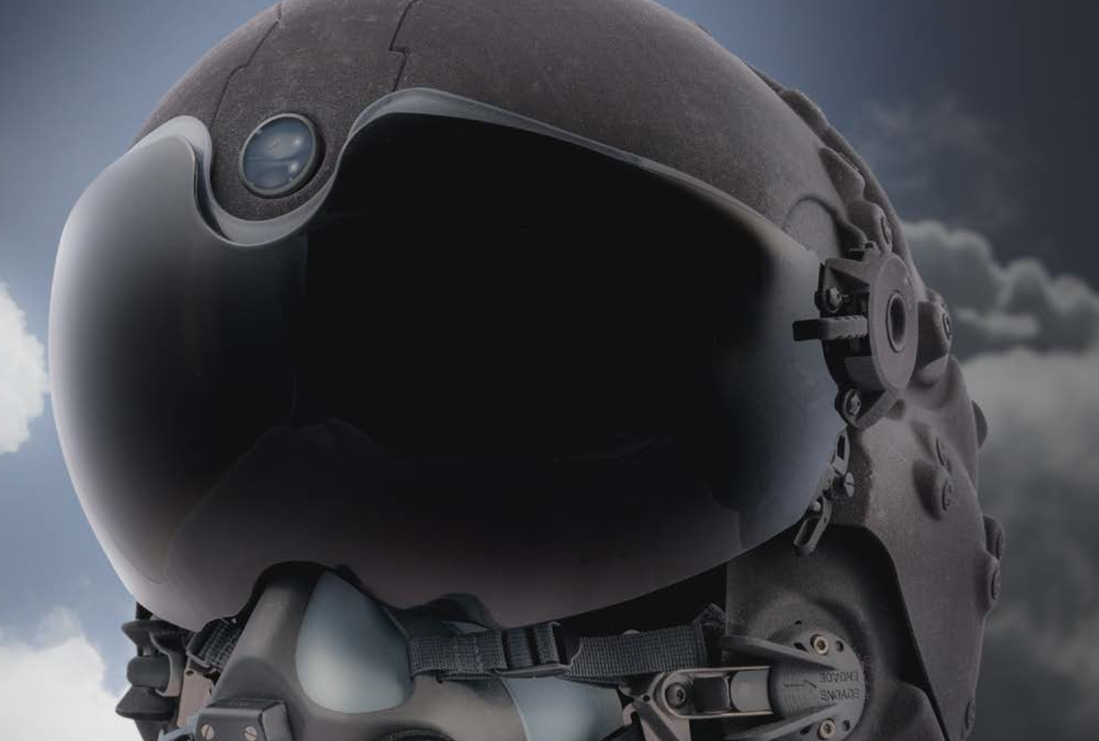3301Views 18Comments

Part 1: Will Pakistan now seek nuclear submarines?
The Indian Navy (IN) is at the cusp of finally inducting its first domestically designed and build nuclear powered ballistic missile submarine (SSBN) – the INS Arihant. Powered by an 83 MW pressurized light-weight nuclear reactor, the Arihant-class SSBN will form the nucleus of India’s sea-based deterrence. In turn, it will provide India with assured second-strike capability – which could occur through the Arihant’s capacity to launch nuclear-tipped cruise and ballistic missiles (such as the 3500km range DRDO K-4). Four additional Arihant-class SSBNs will join the Indian Navy in the coming years.
Granted, it will still be some time before the Indian Navy fully harmonizes its personnel, infrastructure, doctrine and planning with its emerging SSBN fleet, but it is clear that it is merely a matter of “when” and not “if.” In comparison to the Indian Army and the Indian Air Force, the Indian Navy has traditionally made and in fact continues to make very impressive strides in all areas of its development – surface combatants, aircraft, power-projection assets, and submarines (nuclear and conventional alike).
All things considered, the most concerning threat to China and even Pakistan to an extent would be the Indian Navy. For China, the Indian Navy’s progress in building a capable blue water fleet and New Delhi’s ties with the U.S. anchor it as a real player in the Pacific Ocean (in opposition to China). For Pakistan, the Indian Navy readily has the means to fully interdict Pakistan’s sea-lines-of-communications (SLOC) – i.e. its maritime trade routes (which connect to leading trading partners, such as Gulf). In turn, this enables the Indian Navy to directly threaten Pakistan’s coastal economy. Karachi constitutes a fifth of Pakistan’s total economic output, while Gwadar is a critical component of China’s massive economic investment plans (i.e. the China Pakistan Economic Corridor or CPEC).
While the urgently critical need to modernize and strengthen the Pakistan Navy has been discussed on Quwa before, the issue of India’s SSBN fleet is a somewhat different matter. Yes, the primary respondent to any nearby SSBNs will be the Pakistan Navy, which will require continued development of its anti-submarine warfare (ASW) capabilities (in the form of new ASW frigates and aircraft). However, India’s SSBNs also fall under the question of strategic parity, which has been a central pillar of Pakistan’s defence strategy since the 1970s when it formally initiated its nuclear weapons program.
Pakistan’s pursuit of nuclear weapons was in response to India’s nuclear ambitions, and a matter of strategic parity is rarely ever put on the backburner in Pakistan – irrespective of economic or political constraints. This does not mean ‘all bets are on the table,’ rather, those systems deemed necessary for maintaining strategic parity with India could be pursued, while those that are not, such as intercontinental ballistic missiles (ICBM), are left alone. Thus, the question for us is, “are SSBN and SSN (short for ‘nuclear-powered attack submarine’) necessary for maintaining strategic parity with India?”
To answer this question, it is important that we have a workable understanding of what SSNs and SSBNs actually are and why they are acquired. At this point, one might understand that nuclear submarines are powered by nuclear reactors. Not only do these nuclear reactors provide an immense amount of energy (thus enabling submarines to travel relatively fast when submerged), but they can function for basically the life of the reactor without refuelling. This is a huge strategic advantage as SSNs and SSBNs out at sea do not need substantial support from their fleets, besides perhaps fresh supplies for the submariners, such as food, for example. These submarines could go farther and faster, stay at sea and undersea longer, and – especially in the case of SSBN – carry more in terms of weapons.
It is for these reasons that SSNs and SSBNs are in fact the mainstay submarines of blue water navies, i.e. naval forces that have to traverse the Atlantic and/or Pacific Oceans in order to maintain their countries’ geo-strategic interests. The U.S., Britain, France and Russia (more so during the Soviet Union) are the world’s prime SSN and SSBN users, with China and India entering the mix in recent years. At heart, SSNs and SSBNs are not defensive systems designed for area denial or even regional warfare, they are meant for fleet-on-fleet battles in the open seas and for inducing pressure on distant enemies. China has sought SSNs and SSBNs as a means to induce pressure on the U.S. naval presence in the Pacific, and India has viewed China’s advancements as threats to its geo-strategic security.
In fact, one could argue that it would be disadvantageous to use SSN and SSBN within a focused – and in Pakistan and India’s case, territorially adjoined – conflict scenario. The naval theatre on Pakistan’s end is not as vast as the Pacific Ocean, so the room its own SSN or SSBN would have is going to be much smaller. Knowing that neither India nor Pakistan are going to muster exceptionally quiet SSNs and SSBNs, it would be reasonable to conclude that these highly valued gems would be particularly vulnerable against each side’s ASW assets. India has an impressive ASW force, but Pakistan’s ASW capabilities are not to be scoffed at either. Can one seriously suggest that SSNs and SSBNs will be of immense added benefit over air-independent propulsion (AIP)-equipped submarines along the Arabian Sea and western Indian Ocean?
From the context of submarine warfare, SSNs and SSBNs are not a significant issue for either side. The real problem actually comes from the deterrence value of these submarines. Pakistan’s ballistic missile arsenal is very explicitly pointed at India. Even its longest range ballistic missile – the Shaheen III – is designed to keep the entirety of India within the range of Pakistan’s nuclear strike capabilities. But this capability is land-based, Pakistan’s strategic capabilities in the air and sea (today and in the future) are much shorter in range. This is because the nuclear strike capability of the Pakistan Air Force and the Pakistan Navy are centered on cruise missiles: The Ra’ad is at 350km and the Babur is at 700km.
In effect, Pakistan could view its second-strike capability as incomplete, and thus, not assured. If its AIP submarines or fighter aircraft cannot hit India’s most eastward targets like the Shaheen III, then it means India’s strategic capabilities (especially with its SSBN in the picture) are basically unthreatened. Whether this is how Pakistan is looking at the situation or not is another story, this is simply a point-of-view.
Hence, while there is no inherent naval warfare need for an SSBN, Pakistan could have an overarching strategic need for an SSBN. Of course, the availability of longer range air and sub-surface launched munitions would rectify the range issue. Hence, this is not a simple topic with one clear answer. We will take a deep (no pun intended) look at this question in part-two.



18 Comments
by Bilal Khan - Quwa
New moderation rules are now in effect. *All* off-topic posts, insults, etc, will *not* be approved. Ensure that your comments are (1) constructive, (2) professional, and (3) on-topic. Threads will automatically be closed after 48 hours of posting.
by MT
Given moribund capabilities of karachi shipyard in building OPV ; pak should first invest In ship engineering
Nuclear marine propulsion desires decades of massive r&d.Miniaturisation of pressure heavy water reactors into 10-12 meter hull is nt something which can be easily produced from nuke black market in 80 era when cheen & west were at ease with selling core nuke technology.
pak atomic corporation haven’t build a single civil energy atomic reactors while those military nuke reactors are made with heavy chines designed reactor components.
Moreover pak entire focus is toward making nukes.
So in order to make SSBN one needs titanium steel alloy such as HY80,HY100 which are fabricated by 7countries in world.
Lately SSBN is safe from any ASW assets if you have long range SLBM.
indian long term strategy is to build 5SSBN laced with K5 SlBM icbm and keep two of them parked near southern/western Australia as deterrence against china
by U
Can Pakistan’s second strike capability be assured by having AIP equipped Submarines tipped with 1000 km Cruise Missiles? Will this be enough of a deterrent so that Pakistan may not have to pursue a Nuclear Powered Ballistic Missile Submarine?
by WARRIOR
I won’t be easy as we don’t have R&D
by sufi
good read and i would like to add; defense doctrines are not static they constantly evolve with evolving threats….pakistan is the sixth largest country in the world so our defense cannot stay india specific forever…..certainly, we have economic problems but they can be solved and i am optimistic our economy will take off in near future…….we cannot have blue water navy right now but we can have tiny little islands of excellence that can be easily enlarged when the time is right.
by Bilal Khan - Quwa
Depends on where Pakistan can safely deploy submarines for launching the LACM, not sure if 1000km would be enough. I’ll discuss it next weak, but a large conventional AIP submarine (6000 ton?) configured for SLBM might be an idea.
by Abdul Rashid
I know this is becomming a cliché now but wow, what a briiant article. Again!
by Abdul Rashid
“….certainly, we have economic problems but they can be solved and i am optimistic our economy will take off in near future….”.
I have heard this sentiment expressed for many years now and been disappointed for many years. I hope the words of this sufi prove to be true. Ameen! There have been times when Pakistan’s economy looked about to take off then it all fizzles out again.
by MT
Nuke submarine cost at least 2bill $.
Add 3#4 billion $ for r$d development
by MT
india navy ll operate away from Australian waters in deep indian ocean.
Moreover aussies have no threat from india.
Pakistan are aware as well that indian nuclear submarine are ported on eastern front & they ll be rarely parked in Arabian sea.
by Hindukush
Not a practical option,precious resources can be used elsewhere
by Zaff Hundal
Can’t wait for the next article on this. As I earlier said and I second your point that PN don’t need nuclear sub right now. Maybe future requirement but that is still to be figure out. My point is I’m in favour larger conventional diesel electric around 6-7 thousand ton equipped with AIP and more fire power ie SLBM, SLCM & perhaps torpedos. I remember Pakistan has done something with torpedos that has angered the U. S. See based torpedos which were modified also to attack land surface.
by Smoking a Tejas
The sad reality of armchair analysts is thinking there’s something called a limited nuclear exchange. There isn’t so all this is a frat boy fantasy. And I’m glad there are smarter people out there not willing to play nuclear chicken.
by U
I too believe that PN does not need a nuclear sub, it’s better to avoid spending huge amount of precious resources on such acquisitions. Instead go for a conventional sub solution. In fact I hope the entire world stops producing and using nuclear powered vessels as its just horrifies me to think of a nuclear disaster at sea in case of an accident or worse, a war.
by Heart Breaker
Because a triad for Pakistan, based on its ‘full-spectrum’ deterrence posture, will consist of at least 10 different types of ballistic and cruise missiles, of which the naval Babur will comprise the sea leg, and taken together these offer much greater redundancy, survivability, and targeting and operational flexibility to the decision-makers to employ these assets in counter-force or counter-value roles
by IAF101
Who is Australia to “allow” anything ?? A SSBN in international waters is in INTERNATIONAL waters. And Australia investing billions of dollars on submarines will still not make the Australian navy tangle with fights that are not theirs to tangle in. In fact it is more than likely and ultimately natural that the Australians will end up being a critical part of any international maritime architecture that secures the sea lanes in and around the Indo-Pacific and help monitor the Lombok straits.
by Limpkisar
Pakistan will seek for nuclear powered submarine and for sure it will use tactical nuclear weapons in case of Indian provocations. Its the India that again started nuclear arms race in Indian Ocean. Induction of nuclear powered submarine and further naval based modernization is still on progress.
by Smoking a Tejas
Ahhhhh, but that depends on how the Chinese hunter killer subs take to indian boomers. Nothing like a little stalking to get neighbors worried. I recall all the fun the yanks and the Russians had during the cold war. Now you’ll be able to have that fun too.